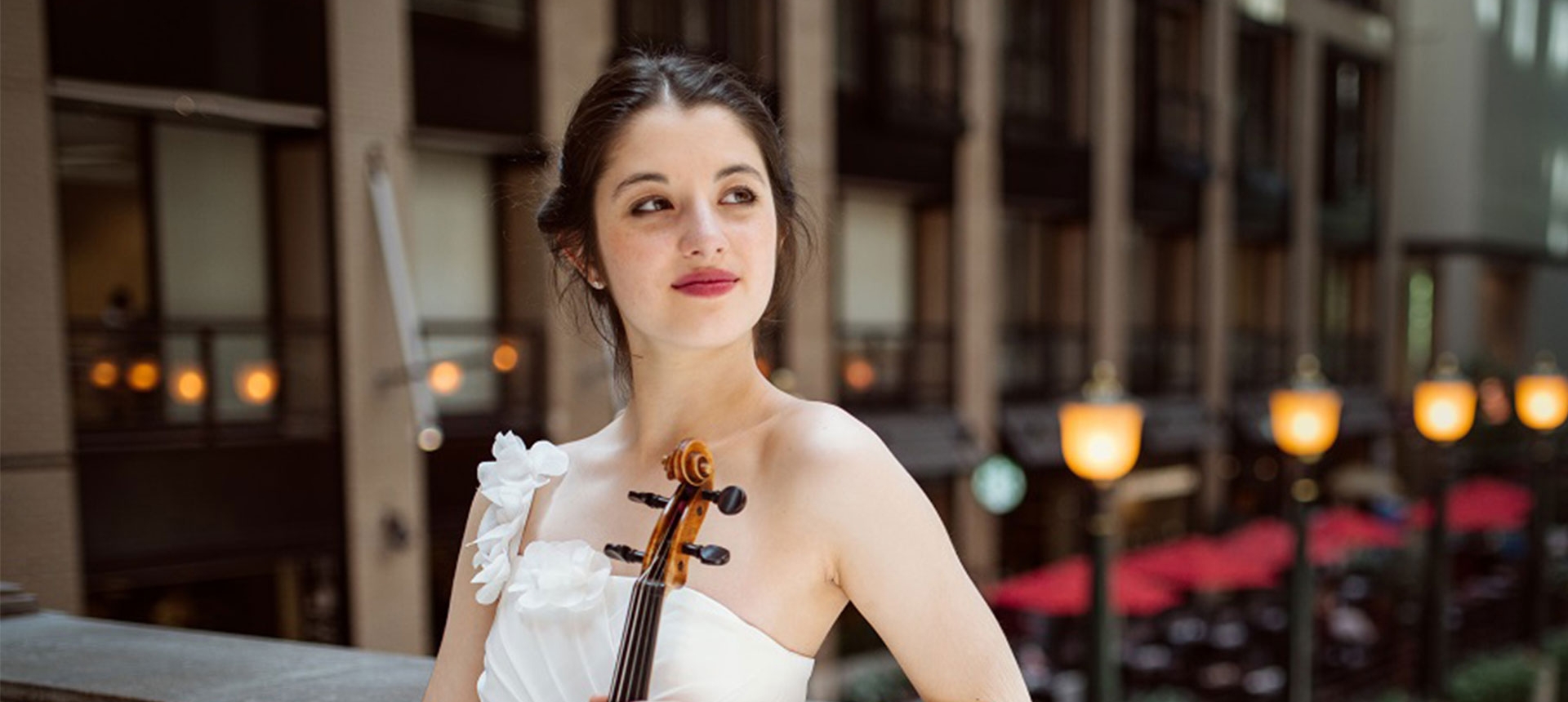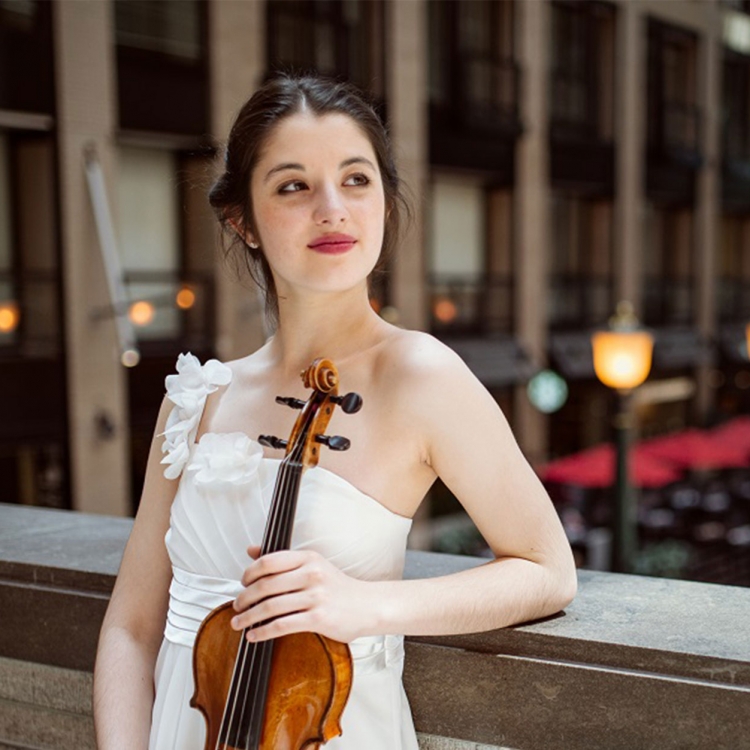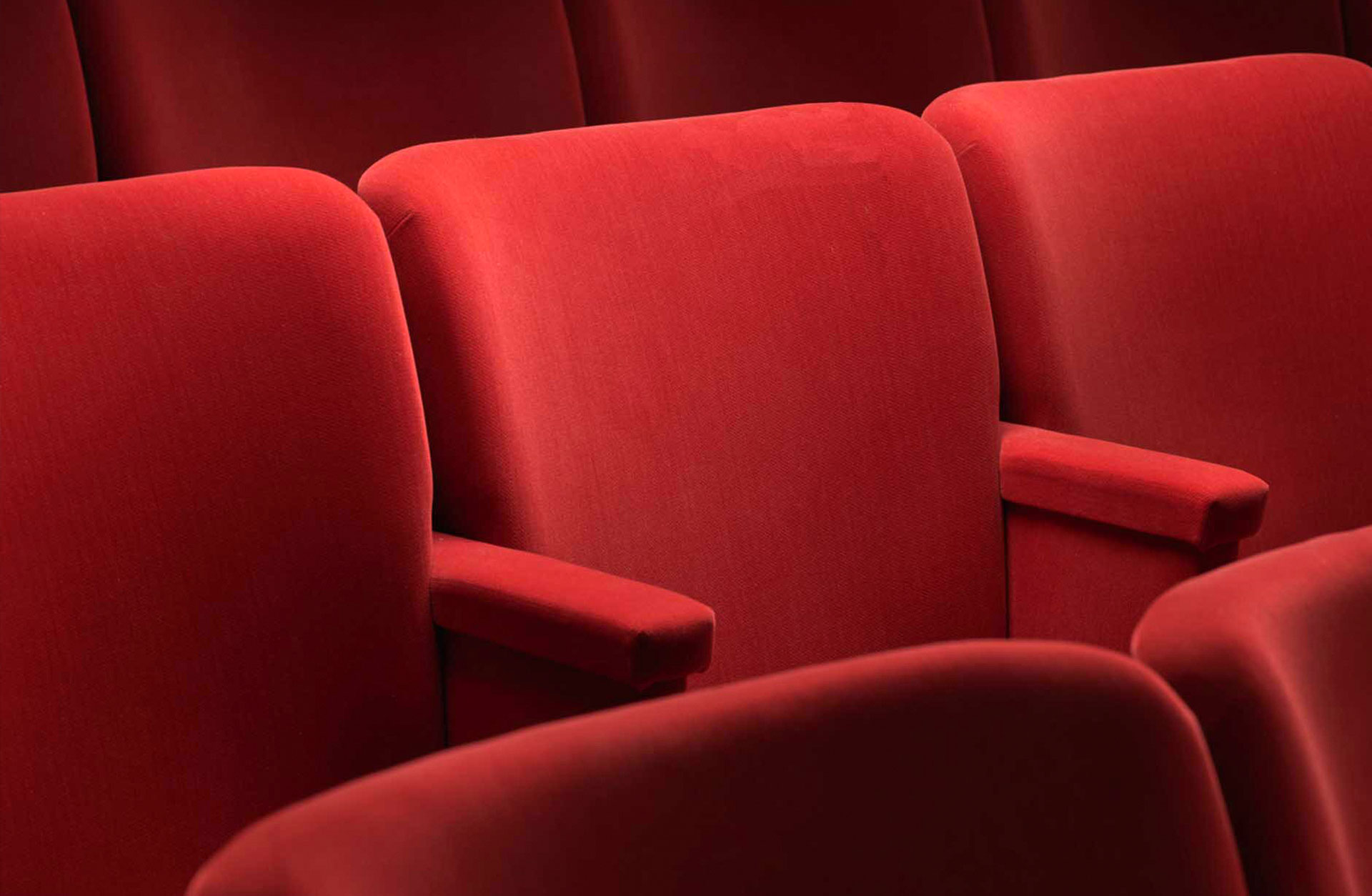Cart
Your cart is empty
Your cart is empty
List is empty
Press ESC to close the search field



Event has already taken place. Rhythmic energy with the Gothenburg Symphony Orchestra, conductor Jukka-Pekka Saraste and violinist María Dueñas.
With its romantic, passionate themes and hortatory rhythmic energy, Tchaikovsky’s Violin Concerto leaves no audience unmoved. The same can be said of Nielsen’s Symphony No. 5, which is also on the programme for this concert. At its premiere, which caused quite a scandal, it was compared with the sounds from a cattle market, but today it has become a symphonic classic.
Tchaikovsky’s renowned Violin Concerto also met resistance to begin with. A violinist of the time thought it was unplayable, and a famous critic deemed it to be vulgar and brutal. Thankfully the field of music criticism has come a long way since then! With its intimately intense themes, rhythmic energy and captivating orchestral movement, Tchaikovsky’s Violin Concerto is in fact an indispensable part of the Western canon of music as an art form. He composed his works at a time when his right to live honestly and love the one he wanted was so questioned that he tried to take his own life. Music, and this work in particular, was Tchaikovsky’s way of dealing with an inner struggle, and a reality that limited his freedom. The soloist is the young rising star María Dueñas.
This evening the audience is also treated to Drifts by the Finnish composer Sebastian Fagerlund, featuring music with a richness of sound, rapid flows and high intensity.
Get to know the classic pieces.
Take a seat in the Great Hall one hour before the concert begins and learn more about the music you will soon experience! You will get the stories behind the music, knowledge of the composers and own reflections about the classical pieces. The introduction last for about 30 minutes, it is free and free seating in the hall. Warm welcome!

Here you will find all the necessary information that you need to know about before your magical visit in the Concert Hall.
Invite yourself or someone you like to an experience for all the senses. Welcome to visit the Concert Hall's restaurant or one of our foyer bars.